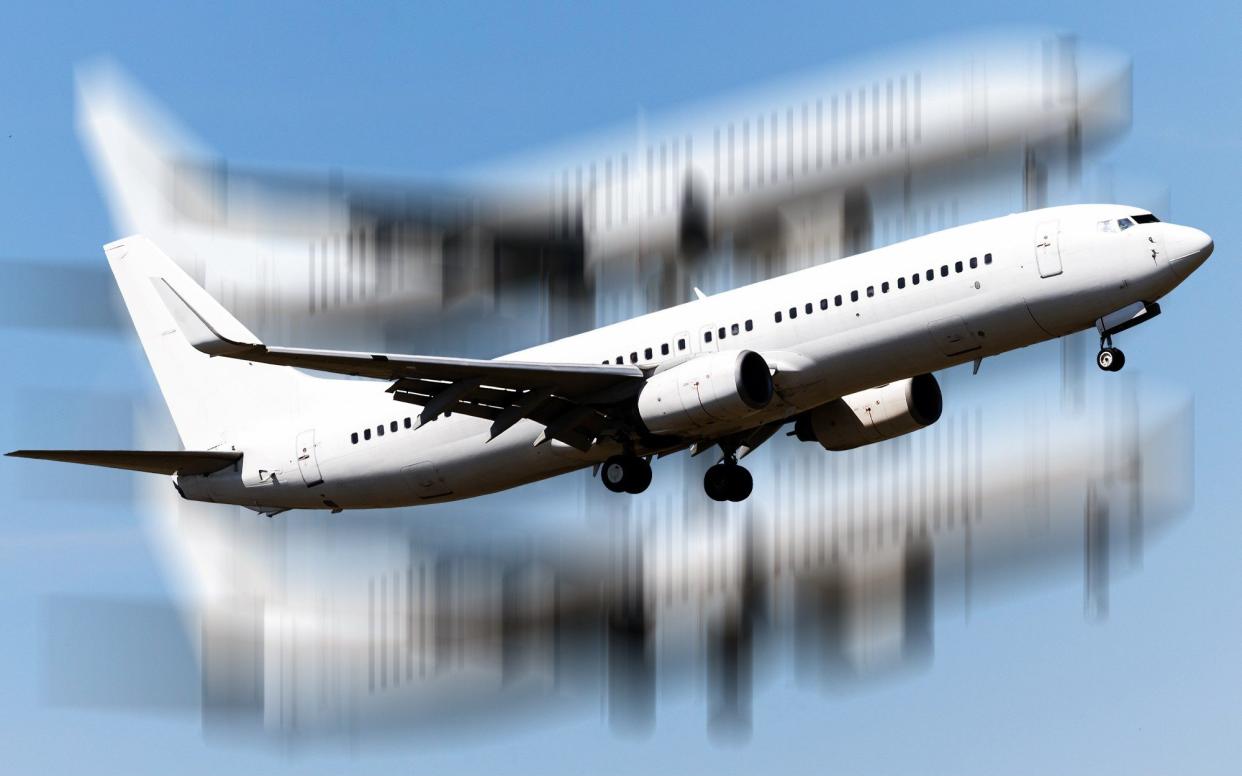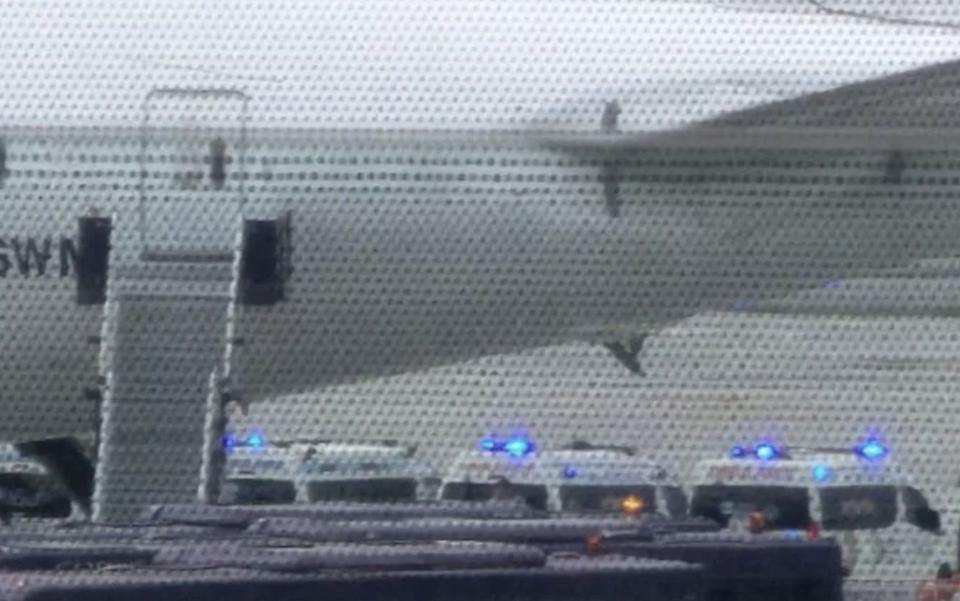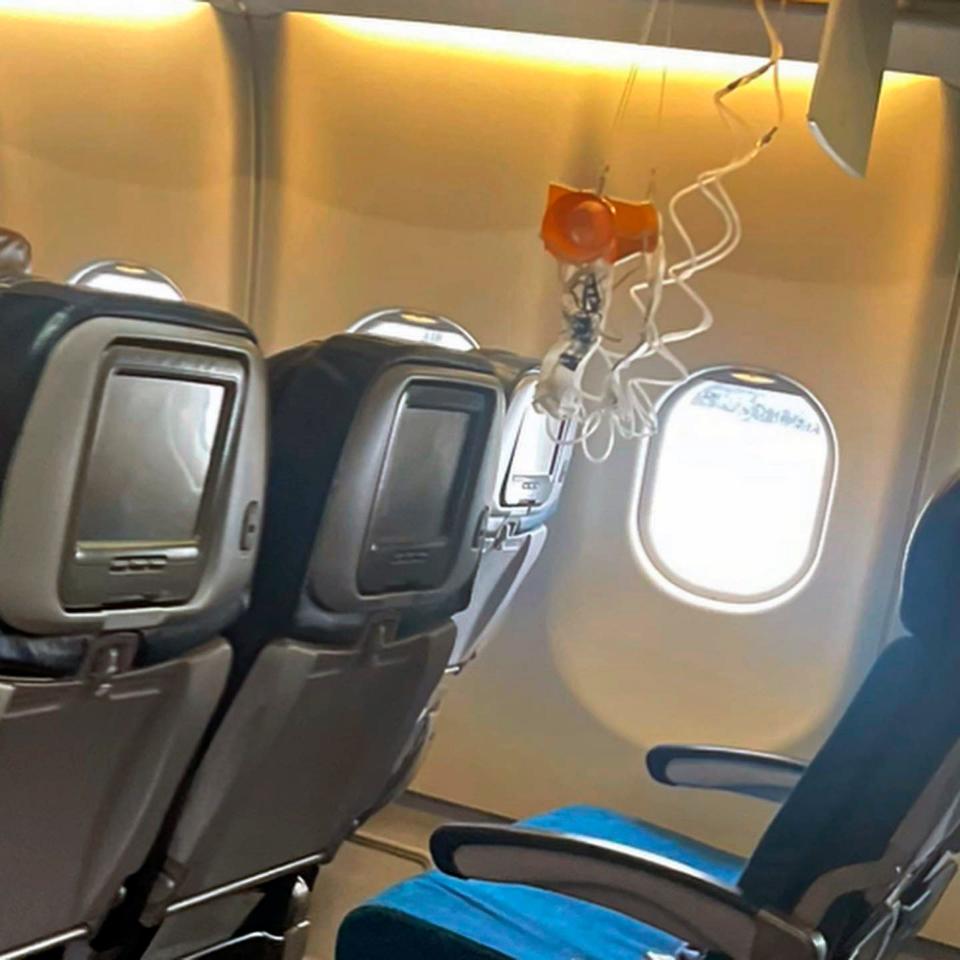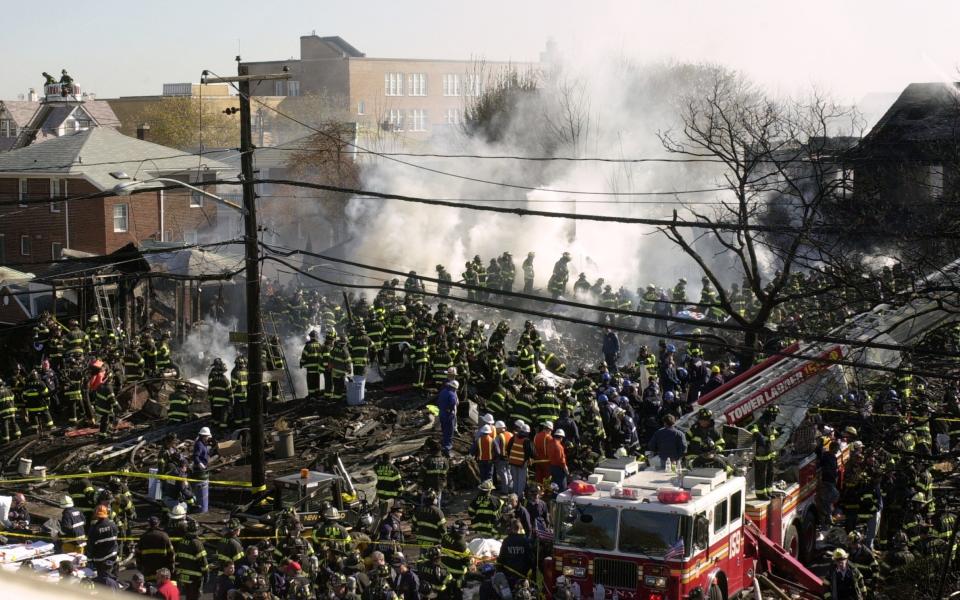What is turbulence? How it works and when it can become deadly

It’s the moment that even seasoned air travellers dread. One moment you’re cruising along calmly at 37,000ft. In the next, without warning, all hell breaks loose.
Severe turbulence can hurl passengers and belongings around an aircraft cabin, and prove a terrifying ride. In the case of a Singapore Airlines Boeing 777 on a flight from London on May 21, the violence of the experience left a British man dead and more than 30 injured, with the aircraft forced to make an emergency landing in Bangkok.
Fatalities are unusual. But while turbulence does not normally cause deaths, airlines have long been aware of its potential to harm passengers, pilots and cabin crew alike.

Most concerning is sudden, severe turbulence in the absence of clouds or storms, known as clear-air turbulence (CAT), and about which pilots can offer little warning to passengers. According to Captain Mike Jenvey, a retired Netjets pilot,“clear air turbulence is not visible and is often not possible to see using aircraft weather radars.”
This is why, as aviation consultant John Strickland notes: “It can never be taken lightly when airlines recommend you keep the seatbelt loosely fastened throughout the flight.”
Reading University research suggests that incidents of CAT could significantly increase between 2050 and 2080 thanks to stronger winds and increasing pockets of rough air caused by climate change.
What exactly is turbulence?
Turbulence comes in several types. The most common at airliner cruising height is caused by thunderstorms.
Consisting of vast expanses of rain clouds often towering more than 53,000ft – 10 miles – above the Earth’s surface, thunderstorms are a major generator of en-route air turbulence. Supercooled air within the storms draws winds in from many miles around. A 2009 Met Office briefing document for commercial aviators advises pilots to stay at least 25 nautical miles away from a visible thunderstorm.
The other main type of turbulence that airline passengers experience is wind shear, a phenomenon which occurs when two air masses travelling in different directions intersect, often leading to sudden changes in altitude or direction.
Captain Jenvey explains that “vertical wind shear and CAT cause an aircraft to drop very suddenly, and then stop dropping very quickly, as stable air is re-entered perhaps 100ft-300ft later.”
How bad can it get?
For the most part turbulence is a minor annoyance. Airline pilots from all over the world are trained to avoid it to reduce the risk of passengers being flung around. But in some cases it can cause fatalities.
A former White House official died as a result of “severe turbulence” on a private business jet last year while flying between New Hampshire and Virginia. Three passengers on a Hawaiian Airlines service to Sydney were hospitalised in July 2023 after the flight experienced severe turbulence. Photos taken by those on board showed broken ceiling panels and dangling oxygen masks.

Strickland, the aviation consultant, noted that airlines use a variety of methods to minimise the chances of a flight being affected by turbulence, such as weather forecasts, radar and reports from aircraft ahead.
But sometimes it is just not possible to avoid it entirely. According to Marco Chan, a senior lecturer at Buckinghamshire New University and a former Hong Kong Airlines pilot: “It may not be possible to completely circumvent the thunderstorms cluster as they can stretch well over 50 nautical miles plus.”
Can it cause the plane to crash?
Turbulence has caused aeroplanes to crash, although most of those accidents happened many decades ago before modern safety analysis techniques came to light.
In November 2001, American Airlines flight 587 from New York encountered wake turbulence – caused by a large aircraft taking off in front of it – shortly after departure.
Pilot error in handling the sudden bumpy ride led to the Airbus A300 crashing and killing all 260 people aboard, along with five others on the ground.

Another example is that of British Overseas Airways Corporation Flight 911, a scheduled flight between Tokyo and Hong Kong in March 1966. It broke up mid-air shortly after take-off, killing all 124 people aboard.
Accident investigators found that the Boeing 707 had “suddenly encountered abnormally severe turbulence over Gotemba City which imposed a gust load considerably in excess of the design limit”.
These days, Captain Jenvey notes that “aircraft are designed for temporary over-loads on the airframe”, though he suggested that “a strong vertical wind shear or CAT encounter could over-stress the airframe to a degree that would require an engineering inspection after landing”.
Are there areas or specific routes when turbulence gets worse?
According to John Strickland, “exposure is greater in different parts of the world. The South Atlantic, Africa and the Bay of Bengal are all places that spring to mind where there’s a greater incidence.”
He added: “There are discussions about whether climate change is influencing an increase in occurrences.”
Chan, as a former long-haul pilot, says that there is a specific region near the Equator known for particularly troublesome weather and turbulence conditions.
“The Intertropical Convergence Zone (ITCZ) is a significant meteorological feature in the tropics. It encircles the Earth near the equator and influences weather patterns.”
Captain Jenvey adds that, “at lower levels – although sometimes higher if associated with a mountain range, such as the Andes in South America – types of mechanical turbulence known as “rotor’ or ‘mountain wave’ are generated as air flow is pushed against the side of a mountain or hill and pushed upwards.”
Do you get any warning or can the pilot see it coming?
Turbulence is normally associated with thunderstorms and cloud formations, meaning in daylight, pilots can see it coming. In this case passengers are warned by the seat belt sign being switched on, warning them to buckle up for a rough ride.
Modern airliners are fitted with weather radars in the nose that can detect thunderstorms ahead, helping pilots change course to avoid them. But as its name suggests, clear air turbulence remains invisible to those radars.
Chan adds that “thunderstorms, bringing possible severe ice and turbulence, are prominently displayed on the pilots’ navigation display. Pilots are expected to navigate around the thunderstorms while having the seat belt sign on as a precaution.”
What’s the best form of preventing turbulence problems?
For an airline passenger, it’s as simple as keeping your seatbelt fastened. Injuries caused by turbulence are typically from people being thrown about by sudden bumps caused by the airliner hitting an air pocket, or entering a fast-moving mass of air.
Stowing your personal belongings safely in the seat pocket, under the seat in front of you or in the overhead locker will also help.
Captain Jenvey says that he advises air travellers to keep their belts fastened at all times unless it’s necessary to be out of your seat. Hitting turbulence, he explained, “can cause passengers who do not have their seat belts fastened to rise up very quickly out of their seats and be pushed back in very hard.
“If walking in the aisle of the aircraft, the sudden rise might cause passengers to hit their heads hard on the cabin ceiling and then fall down.”

